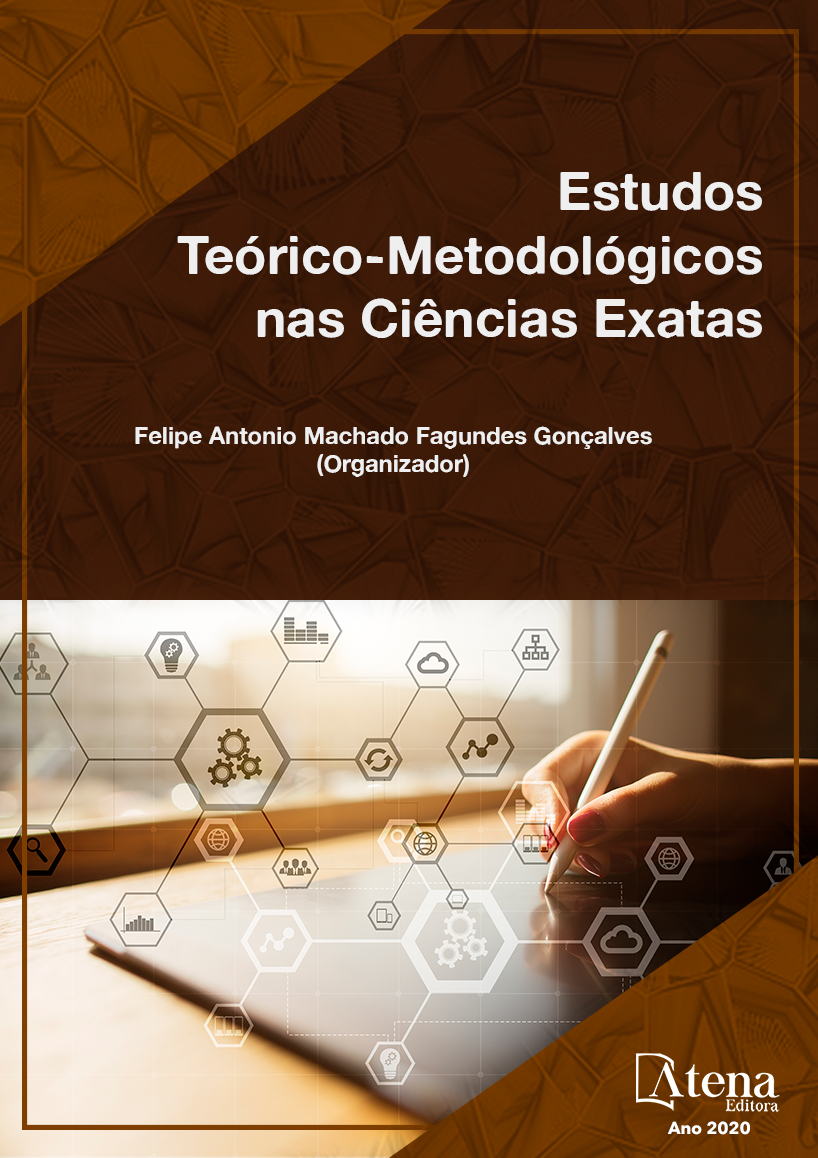
COMPARAÇÃO DE APROXIMAÇÕES NÃO-HIPERBÓLICAS DE TEMPOS DE TRÂNSITO DE DADOS SÍSMICOS UTILIZANDO DIFERENTES ALGORÍTMOS DE OTIMIZAÇÃO
O processamento de dados sísmicos
multicomponente é um desafio quando se trata
da análise de velocidades em levantamentos
offshore, e a dificuldade aumenta quando
utilizada a tecnologia Ocean Bottom Nodes. A
assimetria no traçado de raios causada pela
conversão de onda compressional em onda
cisalhante e a diferença de datum entre fonte
e receptor geram uma não-hiperbolicidade no
evento de tempos de trânsito de onda sísmica.
Longos afastamentos fonte-receptor e a
complexidade estrutural do modelo do pré-sal
da bacia de Santos também contribuem para
que o evento seja fortemente não-hiperbólico.
Com o intuito de solucionar este problema,
foram utilizadas três equações não-hiperbólicas
multiparamétricas para que seja possível
caracterizar este comportamento. Devido à
quantidade de variáveis presentes em cada
equação, o estudo foi tratado como um problema
inverso segundo um critério de otimização,
utilizando três algoritmos de busca diferentes.
Para compreender o comportamento de cada
equação foi feita a análise de complexidade da
topografia de função objetivo utilizando norma
L1 e L2. Dessa maneira, foi possível determinar
a combinação de equação e algoritmo de
otimização apresentou os melhores resultados
e melhores tempos de processamento para o
modelo analisado.
COMPARAÇÃO DE APROXIMAÇÕES NÃO-HIPERBÓLICAS DE TEMPOS DE TRÂNSITO DE DADOS SÍSMICOS UTILIZANDO DIFERENTES ALGORÍTMOS DE OTIMIZAÇÃO
-
DOI: 10.22533/at.ed.05420170210
-
Palavras-chave: Sísmica; não-hiperbólico; inversão
-
Keywords: Seismic; nonhyperbolic; inversion.
-
Abstract:
The multicomponent seismic data
processing is a challenge concerning the velocity
analysis for offshore surveys, and the difficulty
increases when the Ocean Bottom Nodes
technology is used. The ray tracing asymmetry
caused by wave conversion from compressional
wave to shearing wave, and the difference of
datum between source and receptor generate
a nonhyperbolicity in the travel-time event of
a seismic wave. Large offsets between source
and receptors and the structural complexity
of the pre salt model from Santos basin also
contribute to the event be strongly nonhyperbolic.
Aiming to solve this problem, three nonhyperbolic multiparametric equations are used
to characterize this behavior. As the equations have many variables, the study was
treated as an inverse problem according an optimization criterion. Three optimization
algorithms were used to accomplish the curve fitting. To understand the behavior of each
equation, it was performed the complexity analysis of the objective function topography
using L1-norm and L2-norm. Hence, it was possible to determine which combination of
equation and optimization algorithm shown the best results and the lower processing
time for the studied model.
-
Número de páginas: 6
- Nelson Ricardo Coelho Flores Zuniga


